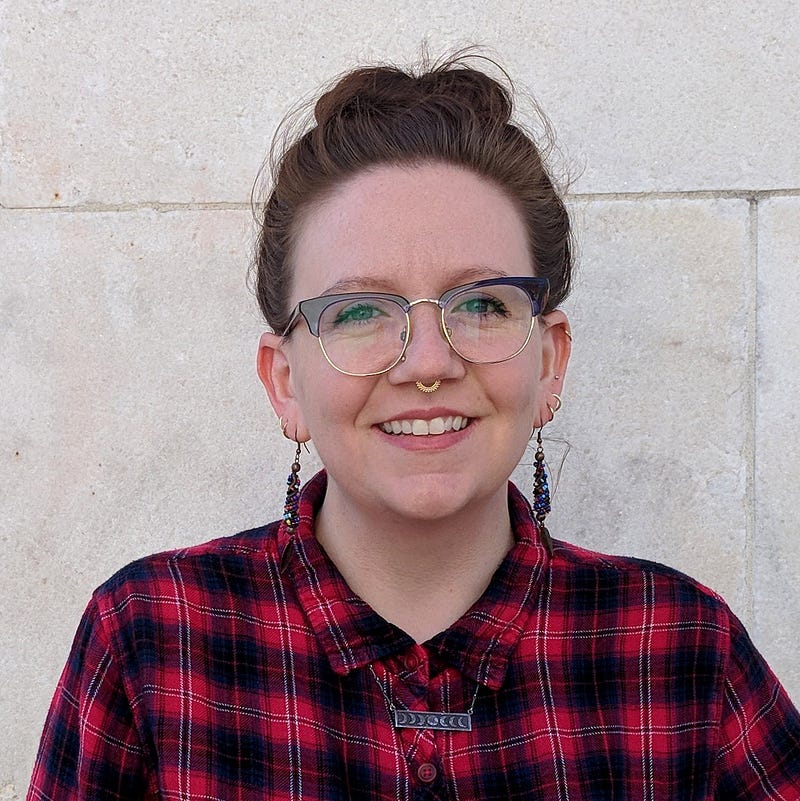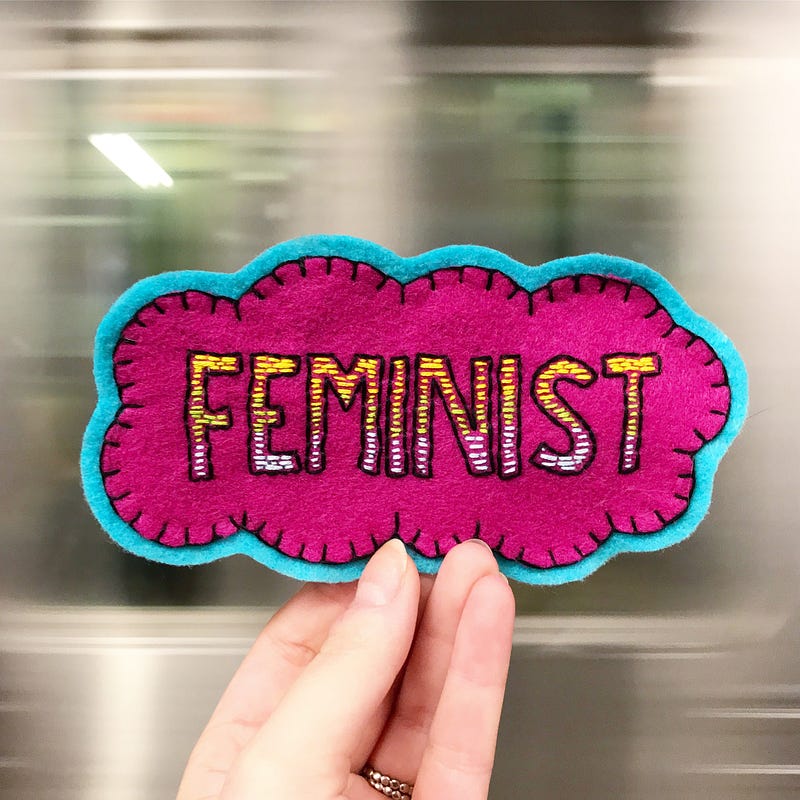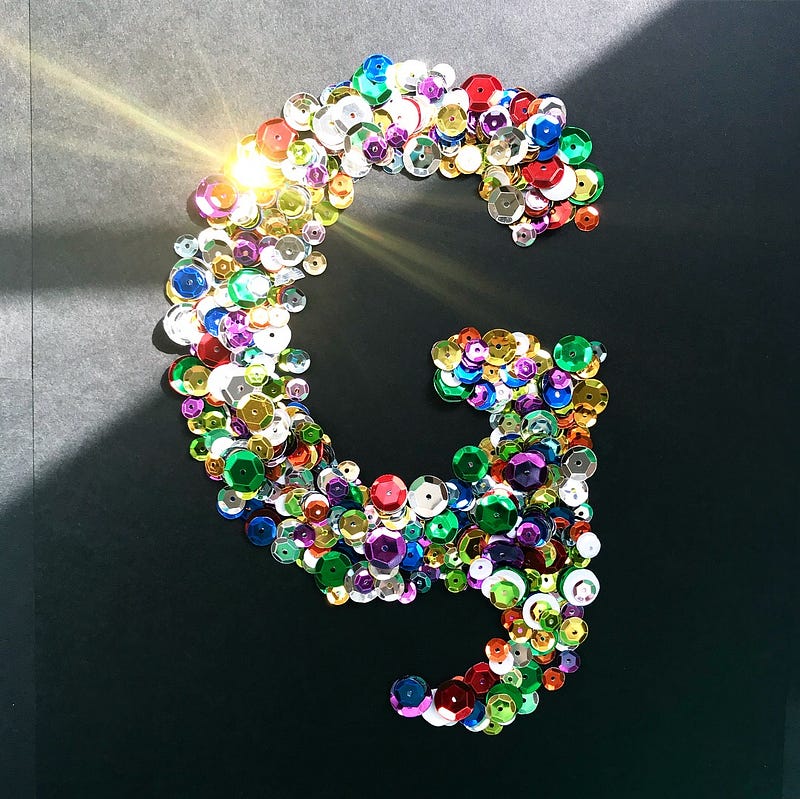The history of hand lettering
It’s no secret that hand lettering has been in a major boom period lately — being adopted as a style du jour for retail giants and independent artists alike. But what exactly is it and where did it come from? Hand lettering, simply put, is an art form in which letters are drawn by hand instead of typed and set by a printing press or computer.
Hand lettering was a major occupation in the Middle Ages, when books were entirely handwritten. Called illuminated manuscripts, these elaborately crafted books often included fanciful drop caps and delicately detailed illustrations to help tell the stories on each page. More often than not, illuminated manuscripts contained religious texts and were created painstakingly by monks in a scriptorium — a center for scholarly activity and copying of texts within a monastery.
As universities began to pop up in cities in the 12th and 13th centuries, the roles of scribes and illuminators expanded out of the religious arena and into the general trade market with many laymen making their livings supplying fine quality manuscripts to noblemen, the newly-minted middle class, and the students and professors of these fledgling universities. During the Renaissance, even important painters of the time could be found working within the pages of illuminated manuscripts.

In today’s market
Hand lettering has come a long way since it began. The biggest difference, of course, is the new anything-goes style it has taken on. An art form like this, that was born out of necessity, now offers the freedom of ultimate expression in the world of letters. Each lettering artist is able to choose the rules and tools that work best for them and best service the message they’re trying to get across.
To give us more insight, we’ve tapped the brain of an expert craftswoman on the subject, Jessie Katz Greenberg.

Nooklyn Stories: Hi Jessie! Thanks for joining us. Describe your creative background and how you started lettering and crafting.
Jessie Katz Greenberg: I’ve been crafting as long as I can remember. Growing up my favorite toy was the craft bucket, full of new supplies plus hand me down leftovers from family members’ unfinished projects. I loved looking through the materials to see what new projects I could make. I went to Hartford Art School for Visual Communication Design, where I really fell in love with typography. Most of my time at art school was spent learning how to work with type and it wasn’t until I graduated that I realized how much I loved illustrating my own letterforms. A few years later I illustrated my wedding stationery, and I’ve been hand lettering ever since.
*NS: *What, to you, is the need for physical art practices in a digital world?
JKG: It’s so important! We’re meant to be creative! Creative practices can be really fulfilling and help with the stress and anxiety we all seem to have in a digital world. Your mind clears when you get sucked into little creative details of an art project, because you’re problem solving in a whole new way. If you’re new to lettering or crafting, the trick is to not compare yourself to others. Your first project might not be as perfect as your inspiration from Pinterest, but that’s OK, just create stuff that makes you happy. For example, my husband and I hosted our first Thanksgiving in our tiny Manhattan apartment in 2015, with just us and our parents. I wanted a special way to commemorate it, so I set out a white tablecloth and asked everyone to sign & draw on it, then before the next holiday I’d embroider over it. With each new holiday we’ve added a new section with the holiday, year, location, and everyone decorates it with pencil for me to embroider. My favorite part is capturing other peoples’ handwriting in embroidery, especially the kids! I love creating something like this that will change and grow throughout the years, that everyone can look back at and reminisce each holiday.

NS: That’s fantastic! So you clearly don’t only letter in traditional formats. When did you start adding hand lettering styles into crafts?

JKG: When I first started hand lettering, I was mostly illustrating and designing stationery. I enjoyed it, but wanted to combine that art of lettering with the kind of craft projects I was always working on simultaneously. There’s something uniquely gratifying about making a physical object by hand, that I just wasn’t getting by designing 2D graphics. I also wanted to bring together the more formal aspects of typography, with the whimsical DIY attitude of crafting. With this in mind I started my first craft class, Faux Flower Monogram Wall Hangings, at Brooklyn Brainery. It was a combination of some hand lettering tips, crafting, and lots of glue gunning! Since then I’ve been incorporating hand lettering into crafting much more often, with embroidery, flower pots, holiday decor, and more.




NS: What handicraft artist or artisan inspires you most?
JKG: There are so many! Maricor/Maricar is a design and embroidery studio created by twin sisters, and they do amazing lettering embroidery work. They combine color, texture, and lettering really well. I’m also always inspired by jewelry artists. A favorite is Ashley Eaton of Ivy and Gold Handcraft. Her jewelry has beautiful nature inspired details, plus she makes an amazing custom Ouija font necklace!

*NS: *Where can we learn more about incorporating lettering into crafting?
JKG: The first step to incorporating lettering into crafting is to learn the basics of hand lettering itself! I teach several hand lettering classes, most often at CraftJam. We have a CraftJam Academy Hand Lettering Workshop, which is a three week lettering workshop where students start with the basics and learn how to build on those throughout the three weeks. We also have one night lettering workshops with different themes, like Self Love Hand Lettering, and Hand Letter Your Favorite TV Quote.

To learn more about Jessie’s work check out her Instagram @jessiekatzgreenberg or website . She’s also available for commissions — just email [email protected].
What other New York craftswomen inspire you? Share your thoughts with us by tweeting us @nooklyn, reaching out on Facebook page or finding us on Instagram @nooklyn.stories!
All photos courtesy of Jessie Katz Greenberg except for #2, via The J. Paul Getty Museum, Ms. Ludwig IX 13, fols. 3v-4